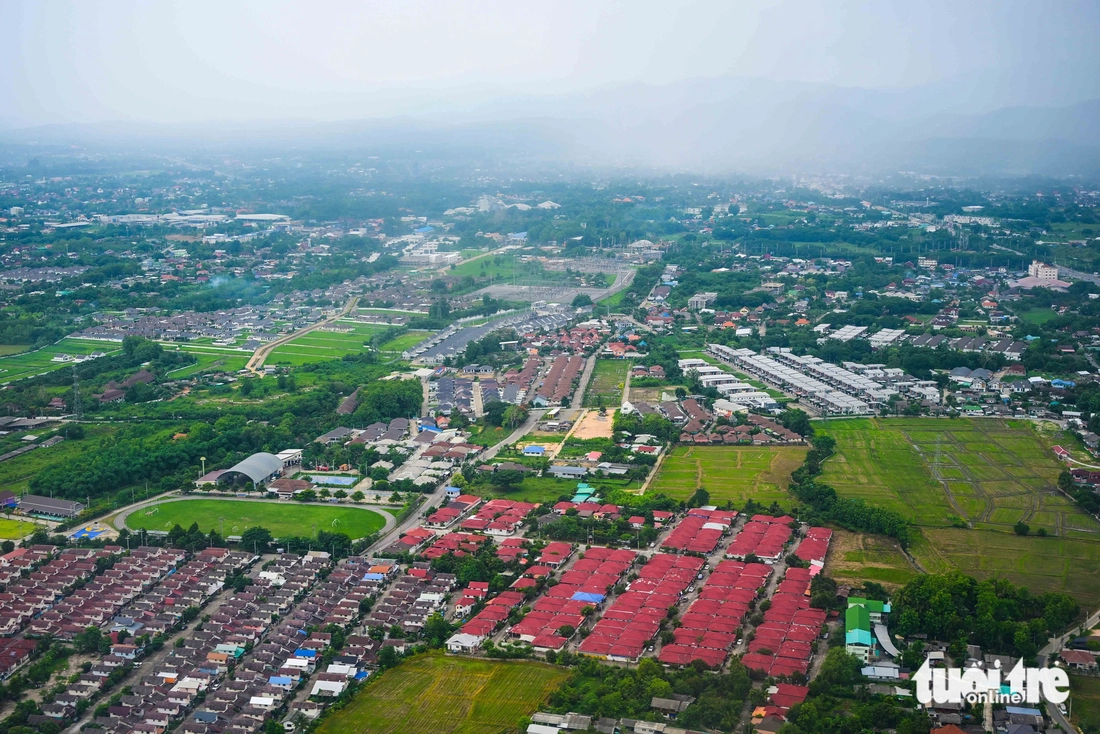
Chiang Mai from the airplane window
Thailand is often known to tourists for its beaches, islands and vibrant cities. But the charm of Thailand also lies in the serenity of its temples and wild nature. Chiang Mai is a destination not to be missed.
To escape the frenzy of Bangkok, there is nothing better than heading north, straight to Chiang Mai. Chiang Mai, a northeastern province of Thailand that is very popular with Vietnamese tourists, has a poetic natural landscape, vast primeval forests and cool air almost all year round.
Chiang Mai covers an area of 20,000km 2 , about 700km from the capital Bangkok. Known as the "rose" of northern Thailand, this place also has ancient architectural works, green cafes or rich experiences for tourists.
From November to April next year is the ideal time to visit Chiang Mai. At this time, the weather is cool and airy, suitable for exploring many famous landmarks. Besides, this is also the festival season in Chiang Mai with many interesting activities.
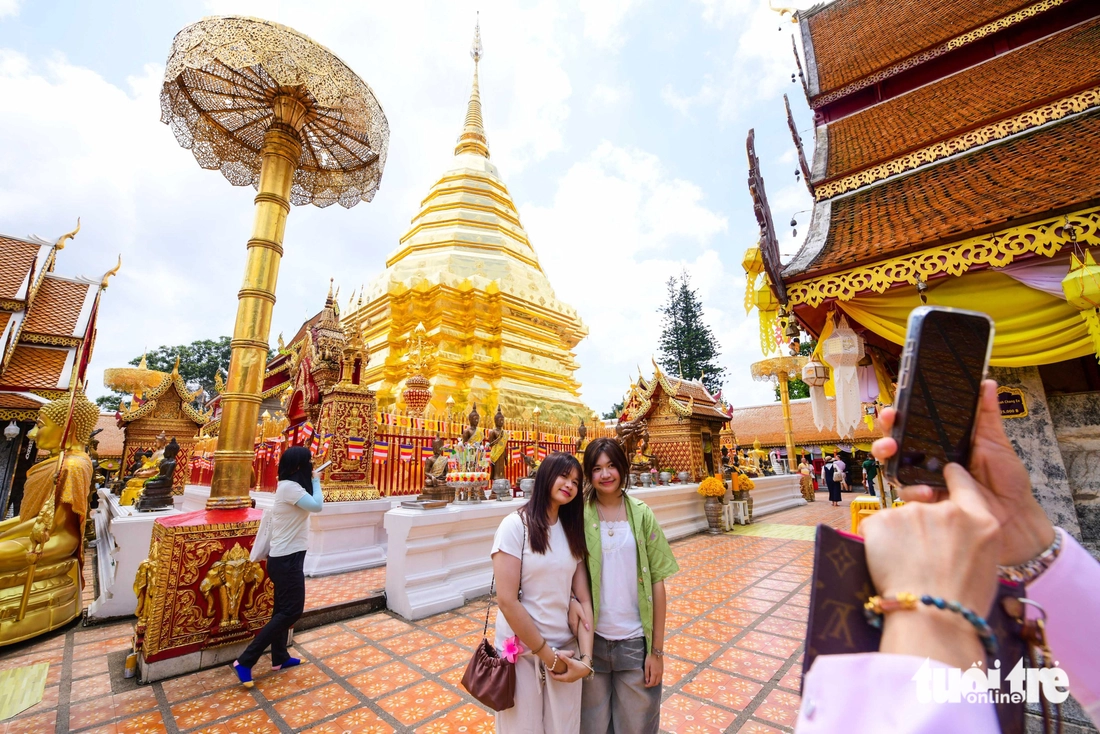
Wat Phra That Doi Suthep, is a sacred Buddhist temple located on Doi Suthep mountain. It is one of the most revered pilgrimage sites in northern Thailand.
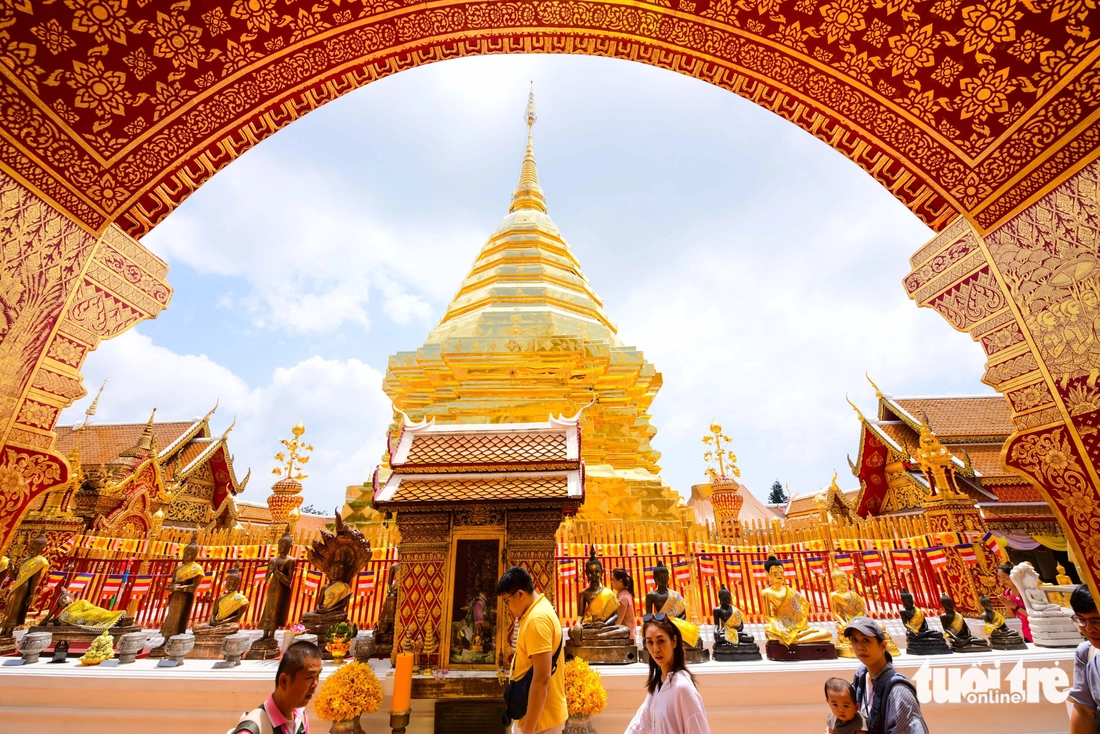
The temple features a gilded stupa, intricate carvings, panoramic views of the city and a 306-step staircase flanked by two naga serpents.
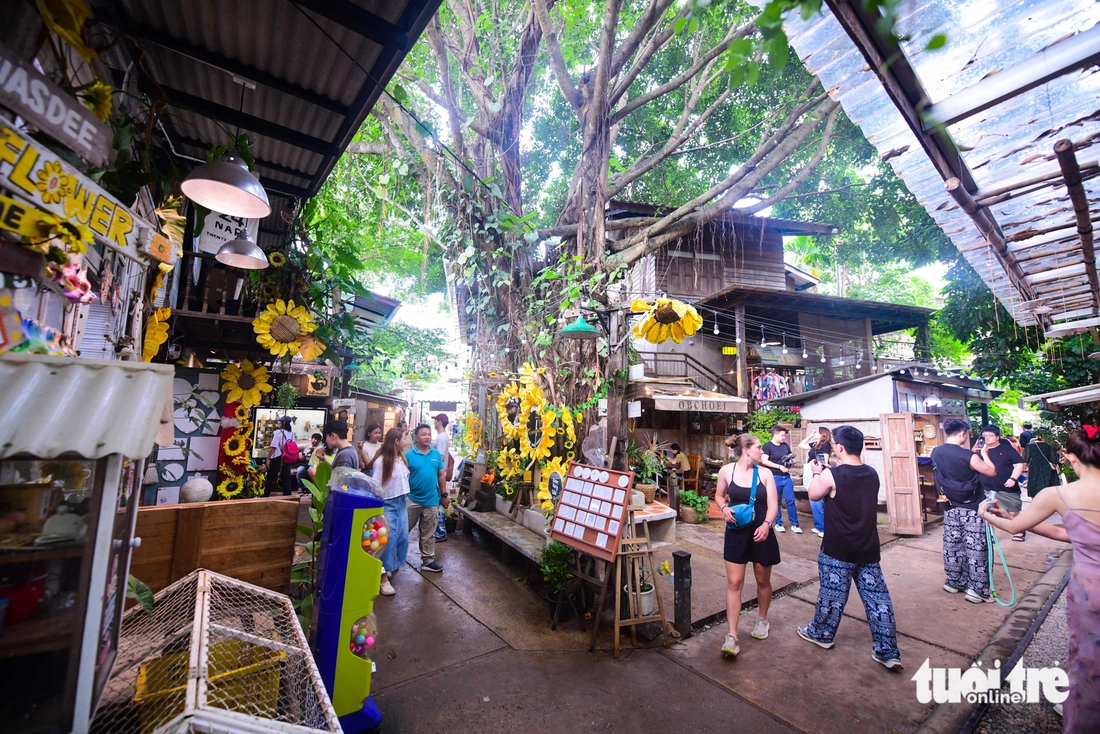
Baan Kang Wat is a small “artist village” in the west of Chiang Mai, located near Wat Umong at the foot of Doi Suthep Mountain. It is home to many local artists and craftspeople, with handmade shops, cafes, galleries, workshop spaces, and outdoor performance areas, all nestled in a lush and peaceful setting.
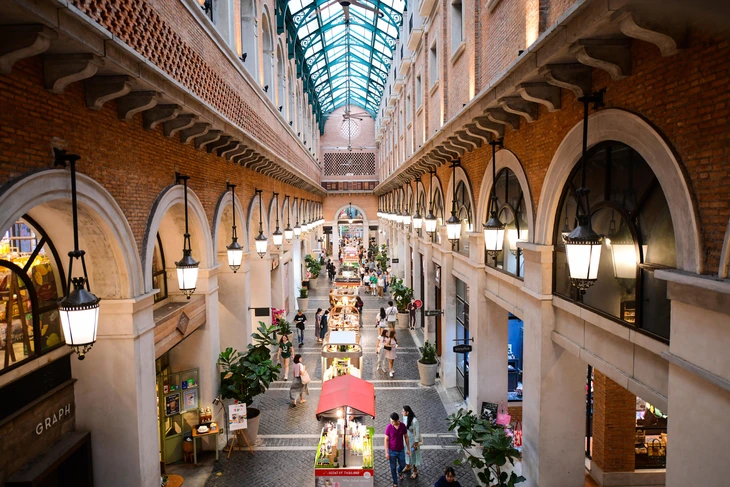
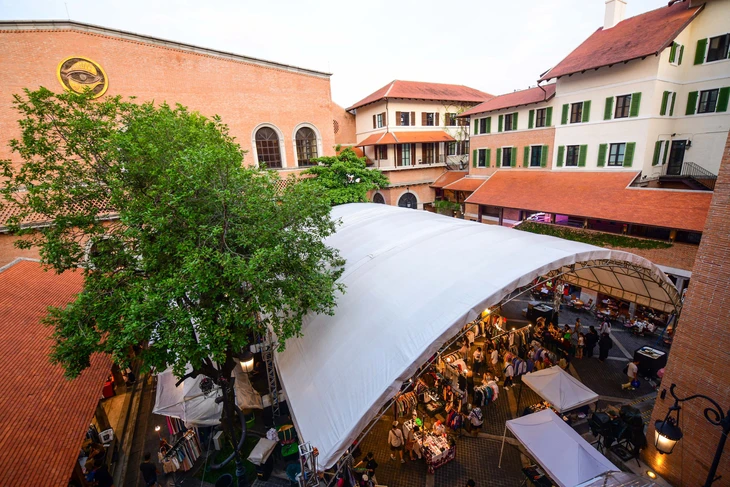
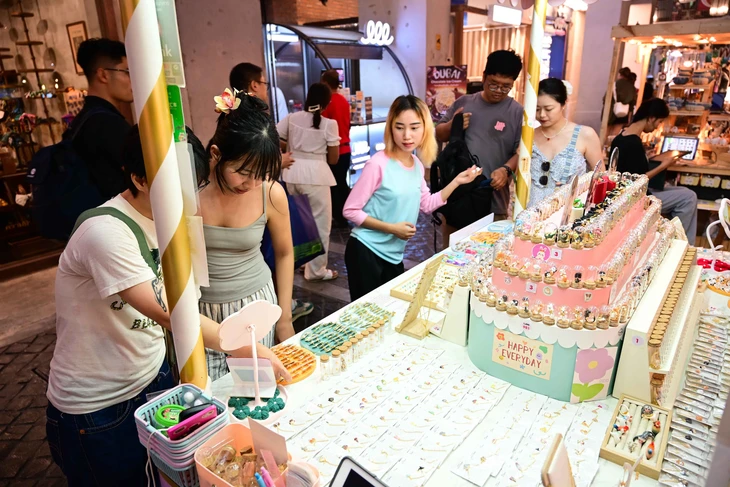
One Nimman is a complex that blends traditional Lanna architecture from northern Thailand with European-inspired design. The complex includes boutiques, craft shops, cafes, restaurants and art galleries. The central market area often hosts live performances, street food stalls and a weekend night market.
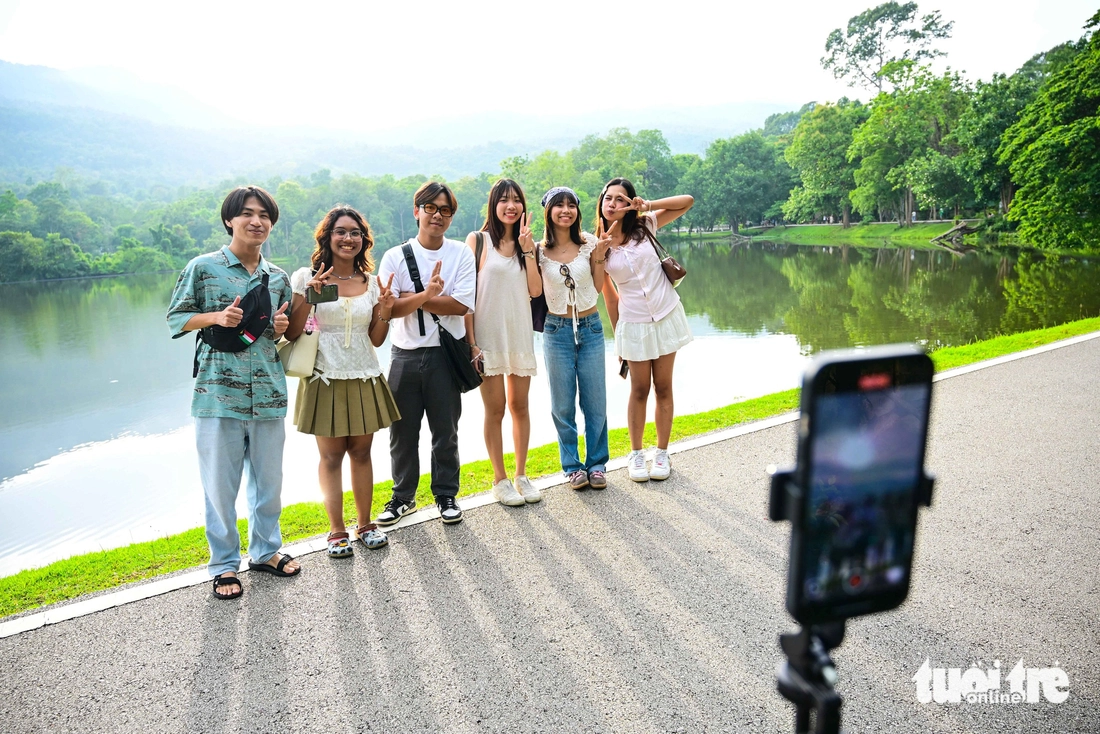
Ang Kaew Lake is a peaceful artificial lake located on the main campus of Chiang Mai University, at the foot of Doi Suthep Mountain. Originally built to provide water for the university, it has now become a popular recreational spot for young people, providing a relaxing space away from the hustle and bustle of urban life.
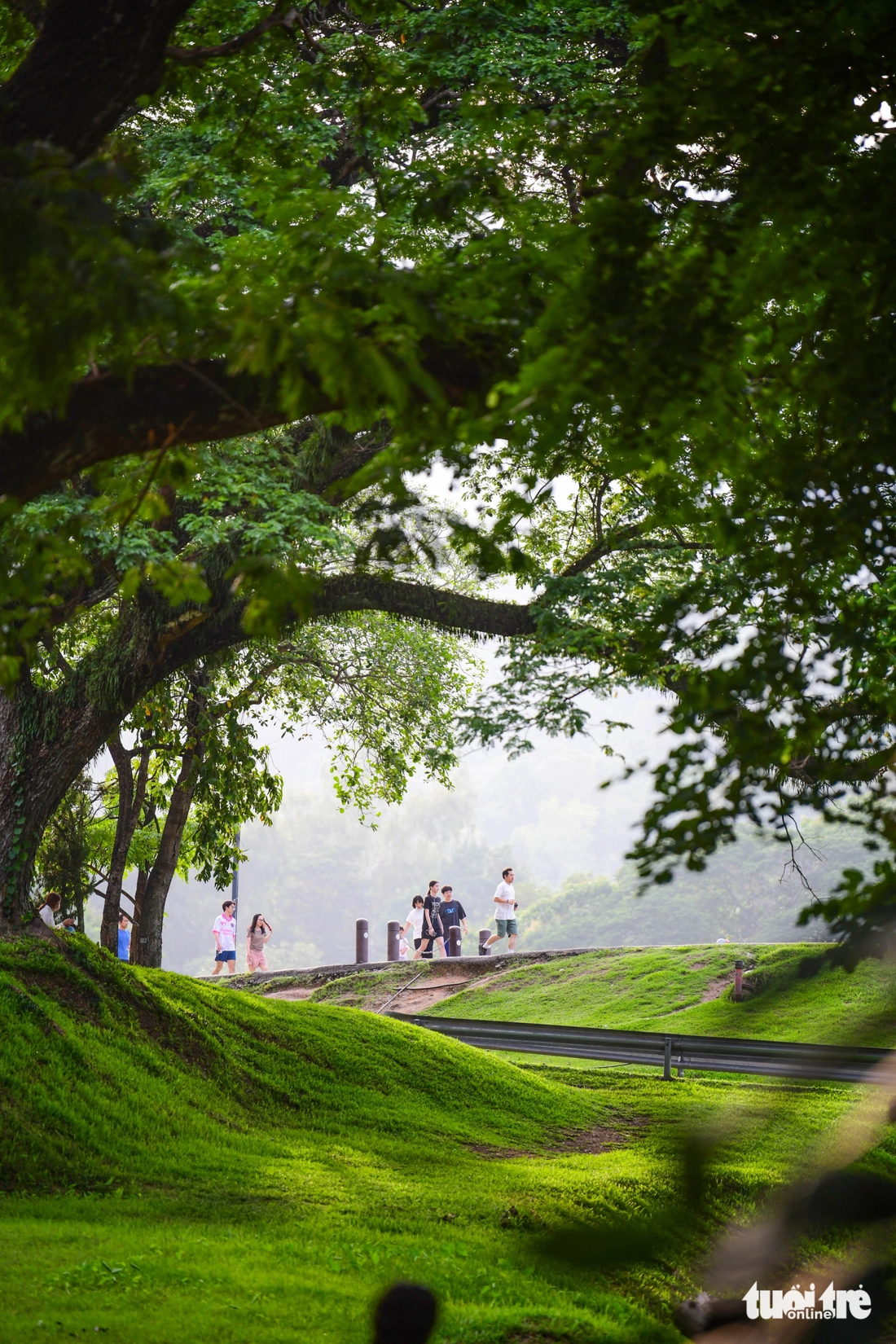
Surrounded by lush greenery and majestic mountain views, the lake attracts early morning joggers, light strollers, cyclists and picnickers.
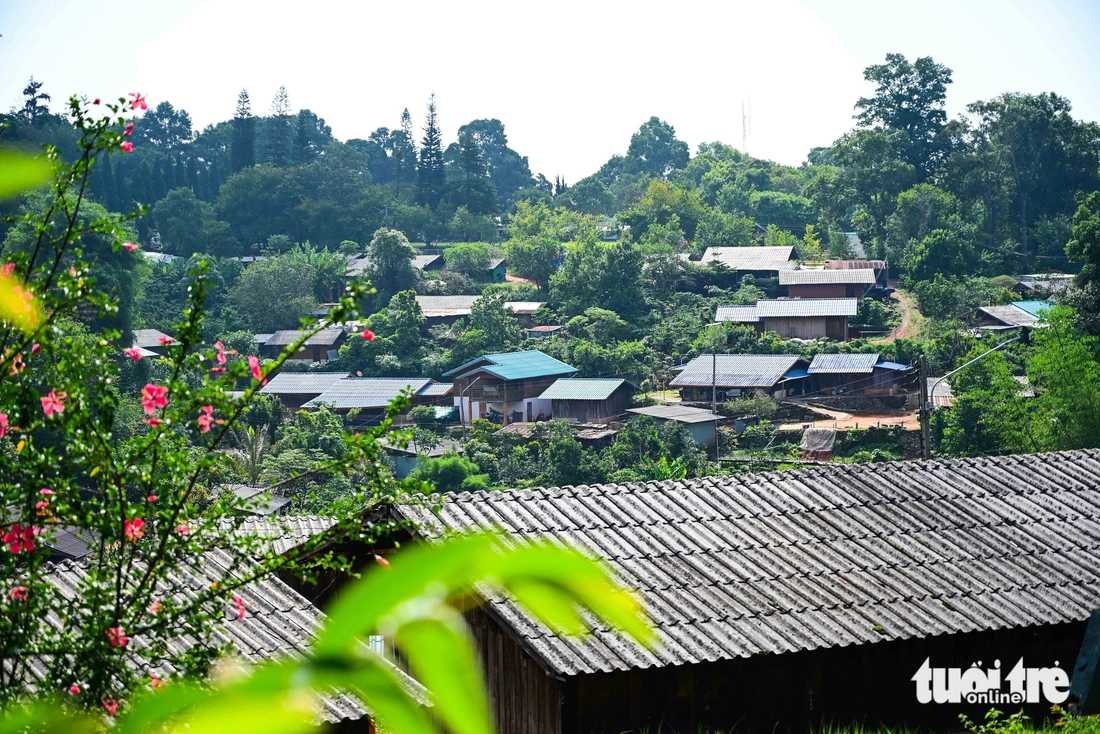
Khun Chang Kian (Baan Khun Chang Kian) is a peaceful village of the White Hmong people located in Doi Suthep-Pui National Park, about 28km northwest of Chiang Mai city. Located at an altitude of about 1,350 meters above sea level. Visitors can walk on tree-lined dirt roads, among simple wooden houses, meet friendly Hmong people, and enjoy fresh mountain coffee from local small shops.
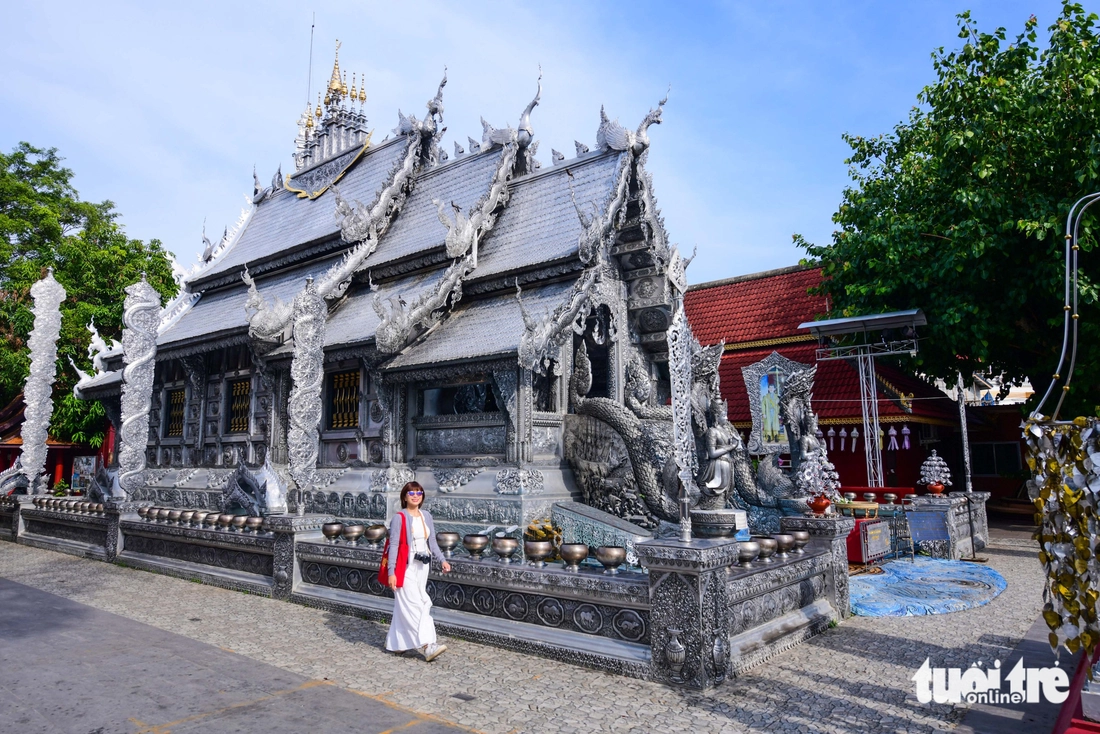
Wat Sri Suphan, commonly known as the Silver Temple, is built in Lanna style, with unique decorations made of silver, nickel and aluminum. Located on Wualai Road - Chiang Mai's traditional silversmith quarter, the temple dates back to the early 16th century.
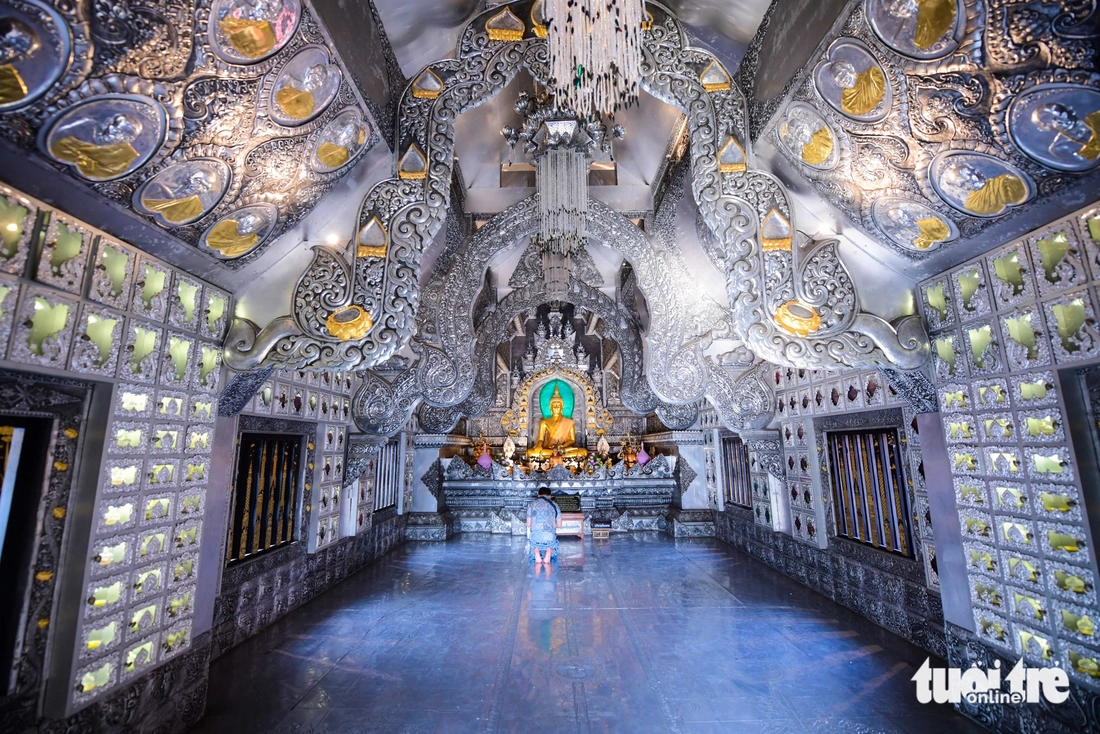
The entire main hall is covered with exquisitely carved metal panels using repoussé techniques and relief sculptures, recreating Buddhist legends, mythical scenes, rural life and zodiac motifs.
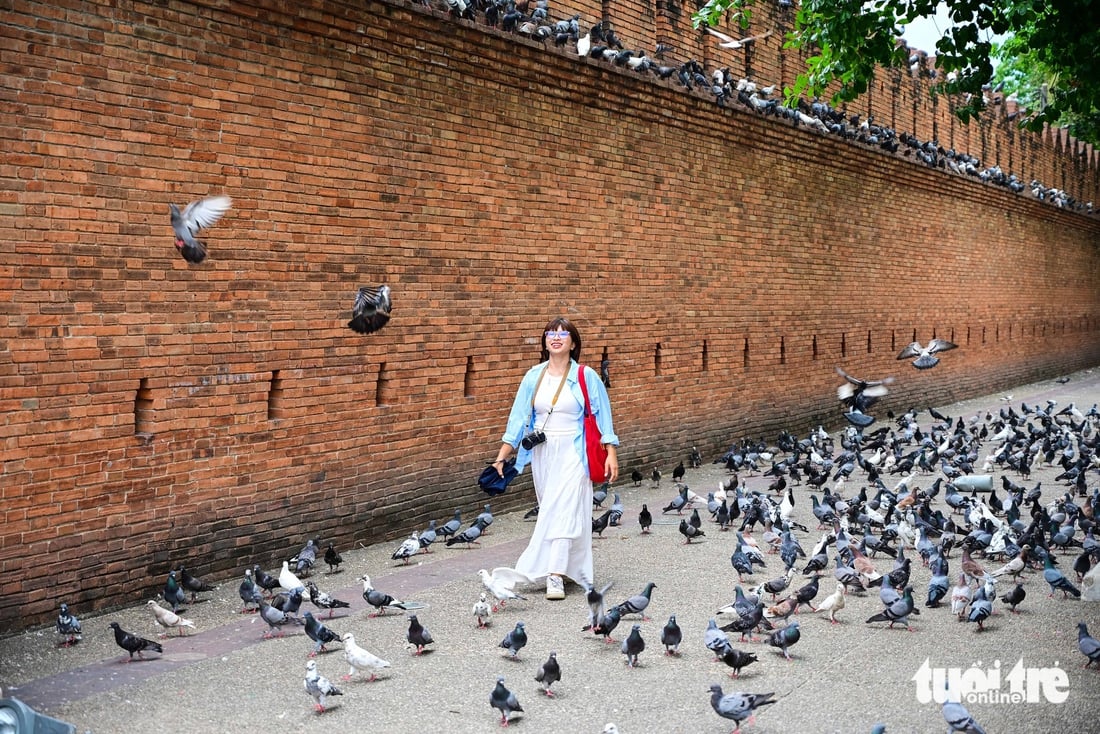
Tha Phae Gate is one of Chiang Mai’s most recognizable landmarks. The massive brick gate was part of the city’s ancient walled city, built in the 13th century to protect the northern Lanna capital from invasion. The gate is built of solid brick, with battlements and prang-style corner towers, reflecting the classic Lanna defensive architectural style.
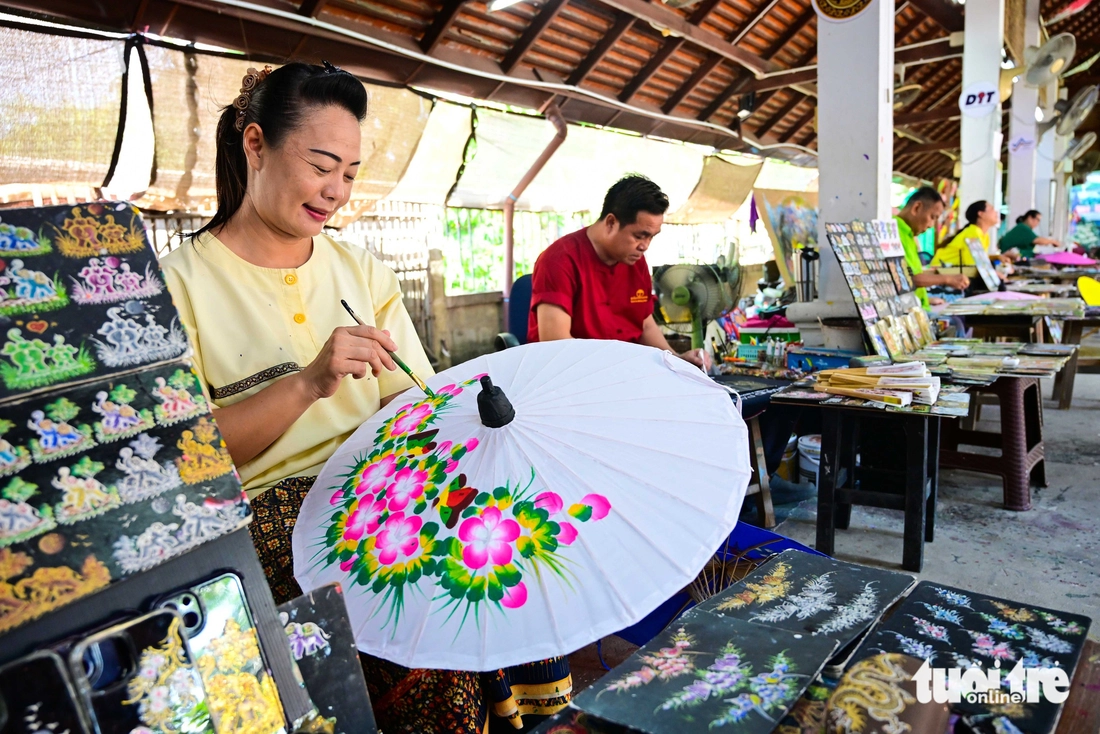
Bo Sang Handicrafts Centre (Bo Sang village) is located about 10 km east of Chiang Mai, a famous center for traditional Sa paper umbrella making, combining experiential tourism, handmade shopping, and folk culture.
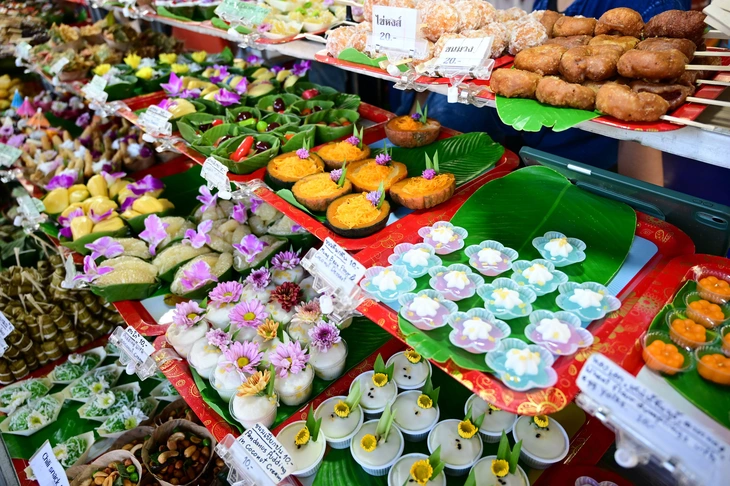
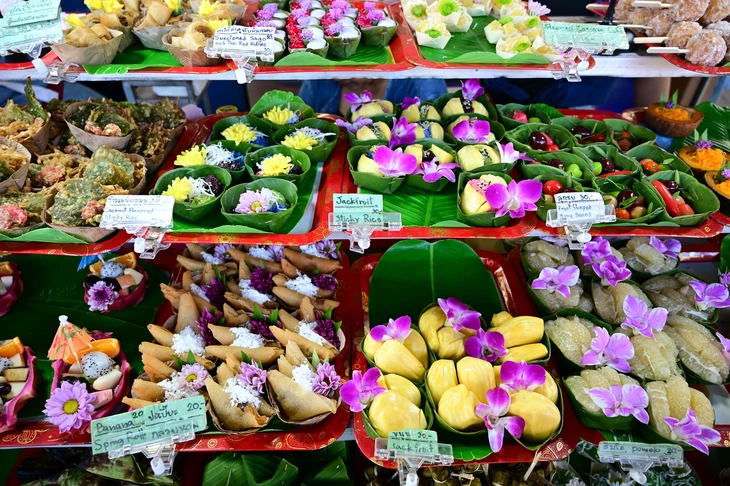
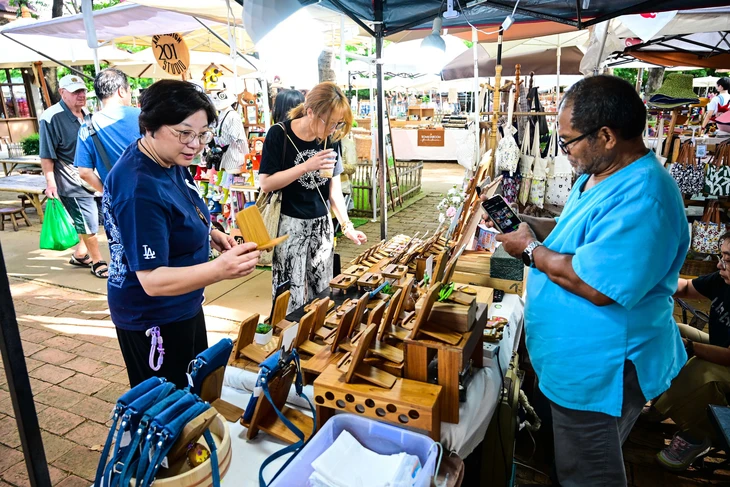
Jing Jai Market is the most unique weekend morning market in Chiang Mai, inspired by the cool green space under the shade of trees. The market sells clean vegetables, fruits, handmade baked goods, affordable local breakfast foods. In addition to handicrafts, hand-made stalls display jewelry, accessories, paintings, ceramic vases, vintage clothes...
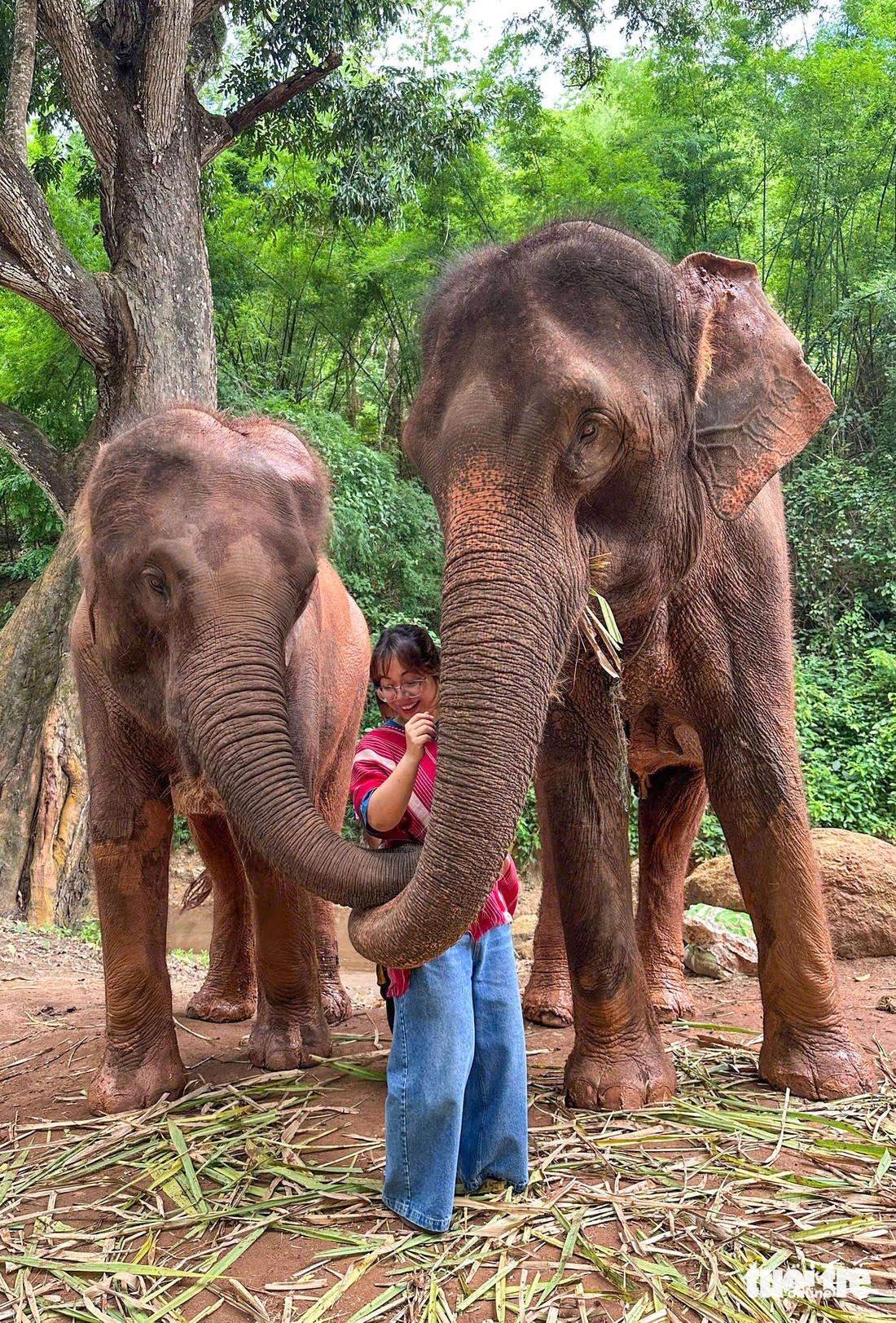
Kerchor is a small elephant sanctuary run by the indigenous Karen community in Ban Sop Win, Mae Wang District. It focuses on ethical, elephant-friendly tourism, treating elephants as family members rather than entertainment. Visitors are taught how to prepare healthy food for the elephants, feed them, bathe and relax with them, take them for walks, and interact gently with the elephants (trunk hugs, “elephant kisses”).
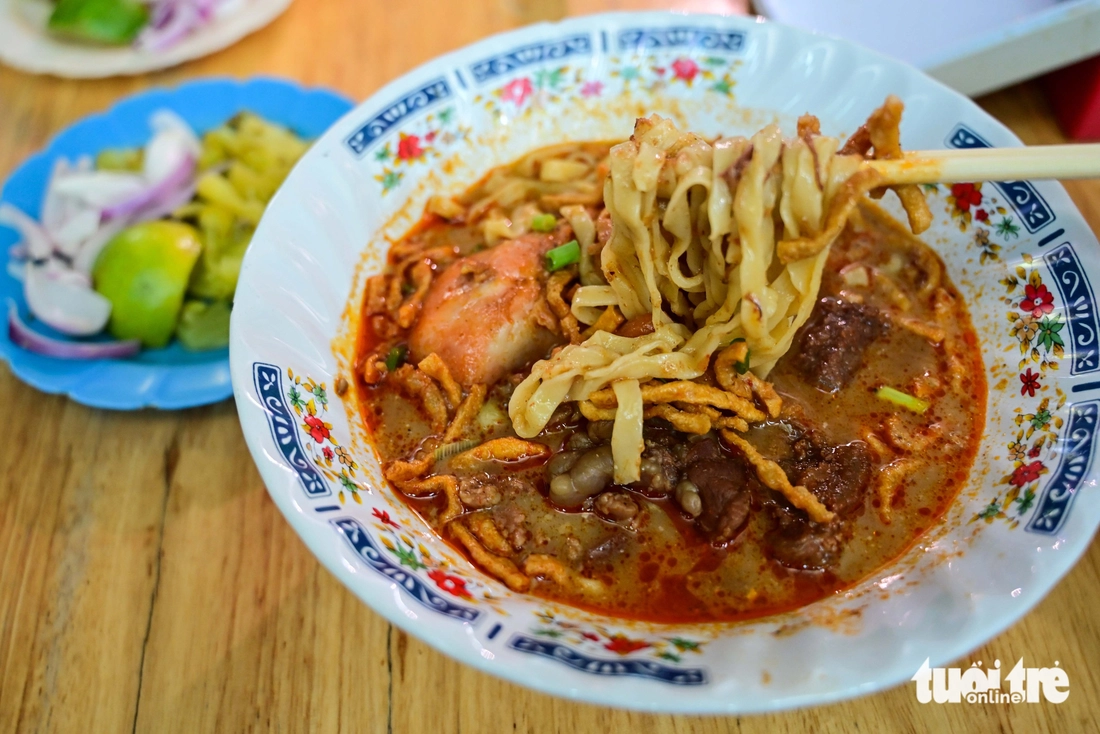
Khao Soi is made from fried egg noodles and boiled egg noodles. This traditional dish originated in Myanmar and is usually served with chicken, pork or beef, and is flavored with chili, pickled cabbage, chives, ginger, mustard and lime. It tastes similar to yellow curry but is not as spicy.
Source: https://tuoitre.vn/kham-pha-chiang-mai-trai-nghiem-thien-duong-du-lich-mien-bac-thai-lan-20250620120217911.htm










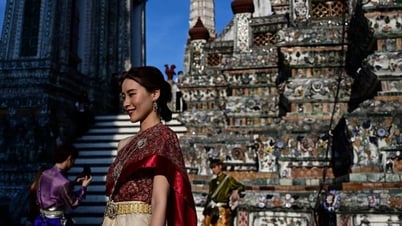



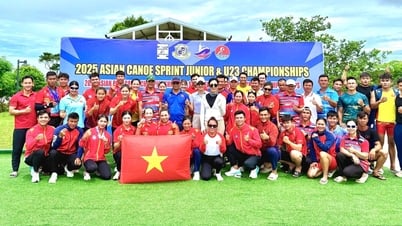


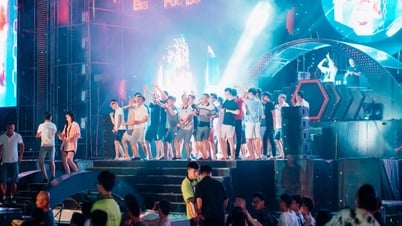

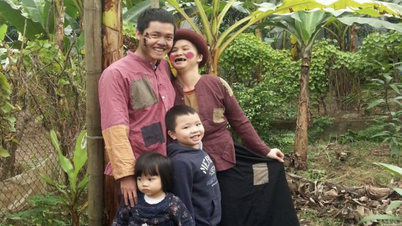
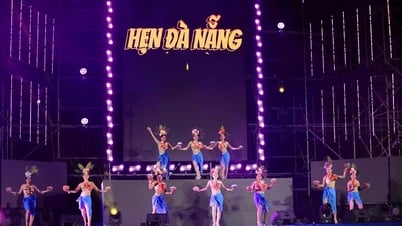

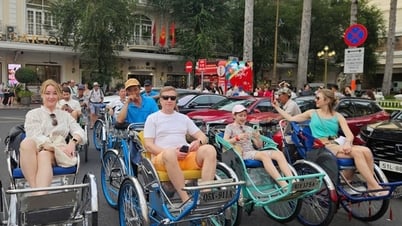
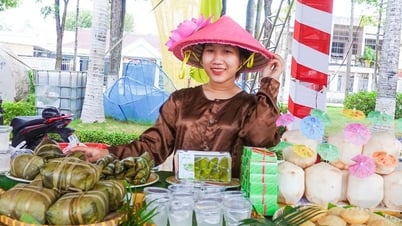




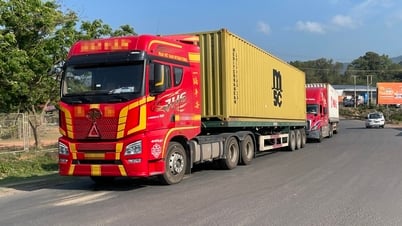





![[Photo] Overcoming the heat, practicing to prepare for the parade](https://vphoto.vietnam.vn/thumb/1200x675/vietnam/resource/IMAGE/2025/6/21/b93392e8da8243b8a32040d19590e048)



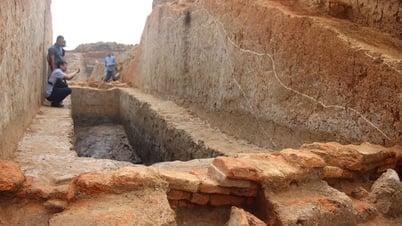



















![[Maritime News] Wan Hai Lines invests $150 million to buy 48,000 containers](https://vphoto.vietnam.vn/thumb/402x226/vietnam/resource/IMAGE/2025/6/20/c945a62aff624b4bb5c25e67e9bcc1cb)














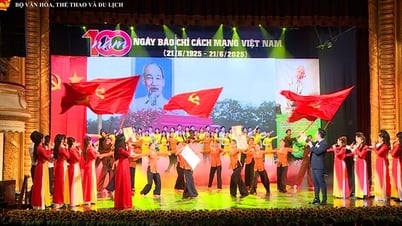



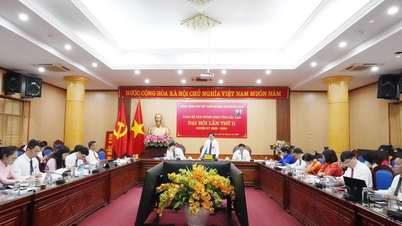

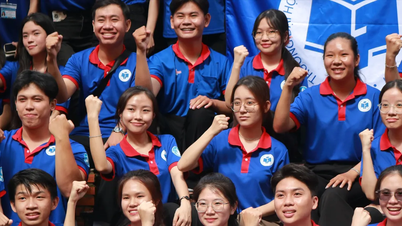
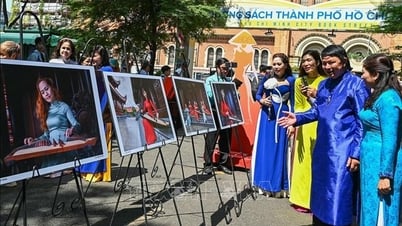

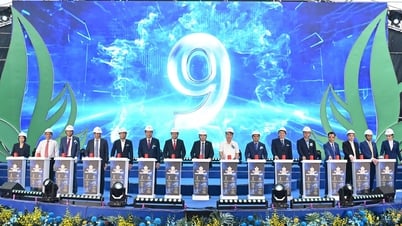

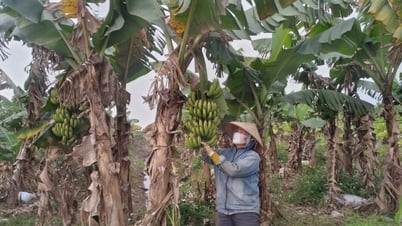

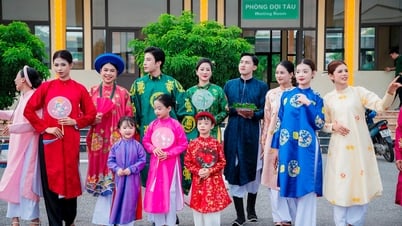













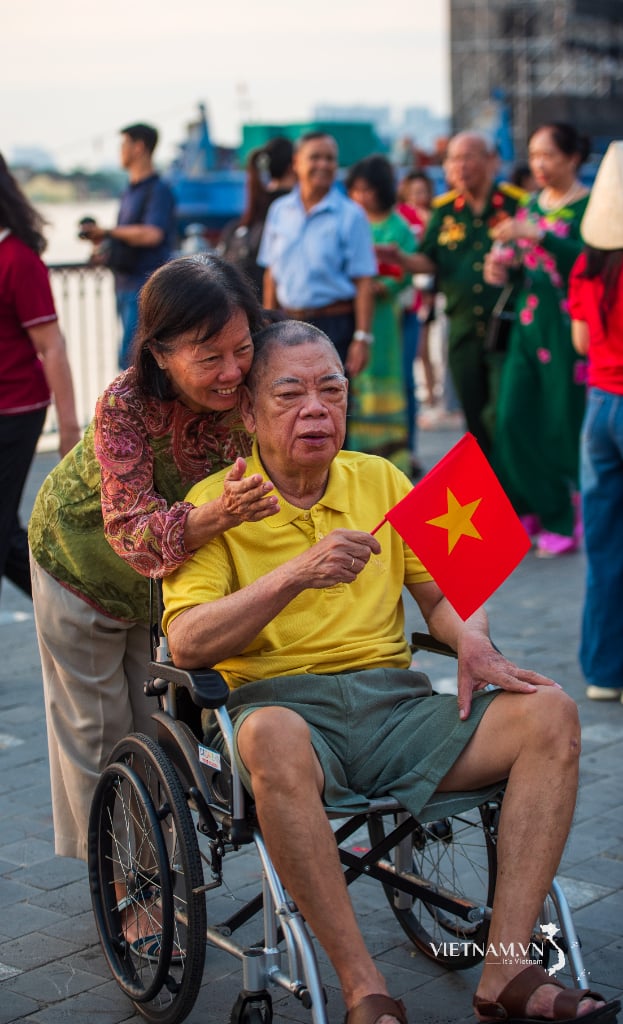
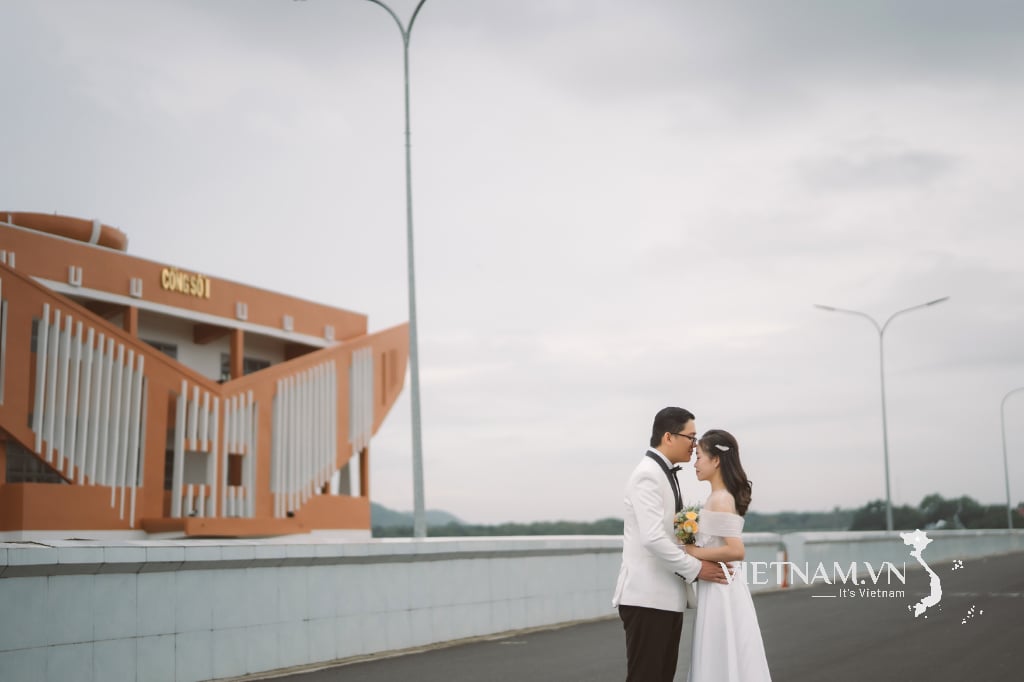
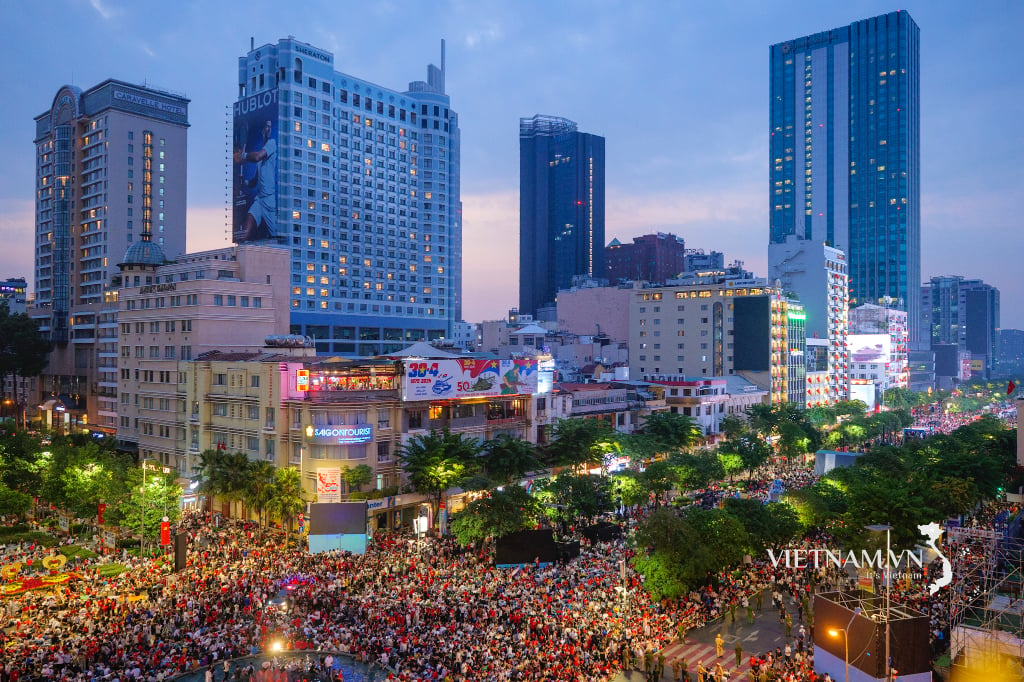
Comment (0)